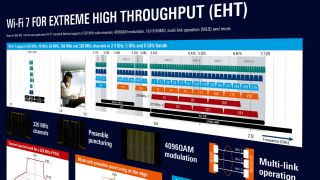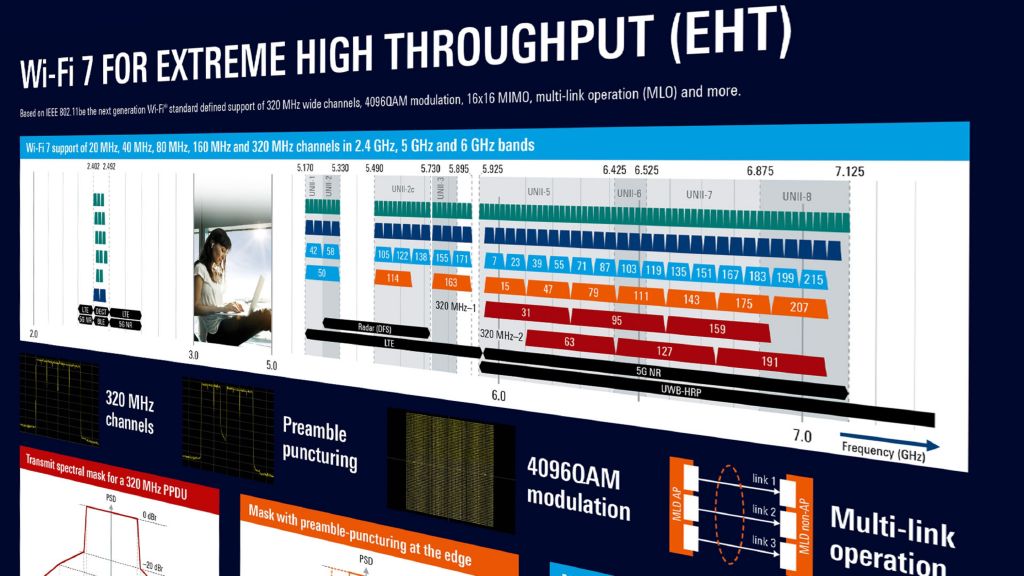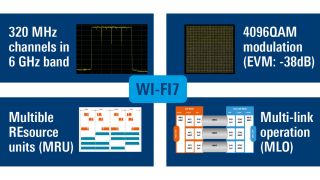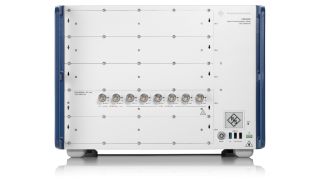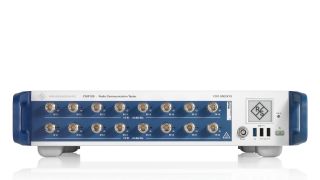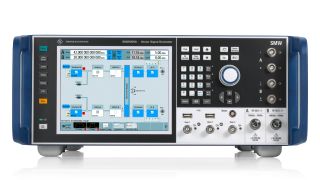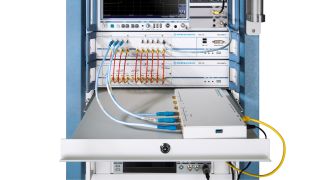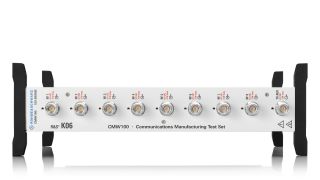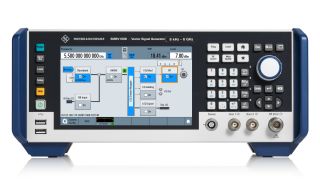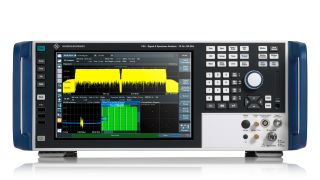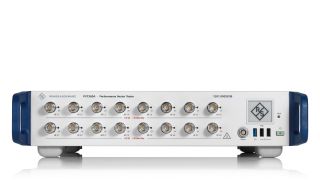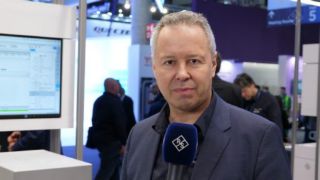Wi-Fi 7 test solutions
Meet the new design challenges of the Wi-Fi 7 standard
Wi-Fi 6 is set to dominate the market, with regulatory authorities opening up the 6 GHz spectrum for Wi-Fi 6E. However, Wi-Fi 7 or WLAN for extremely high throughput (EHT), as defined by IEEE 802.11be, is already entering the market.
The primary goal of 802.11be is to increase data throughput to tens of gigabits per second at low latency. The purpose of this is to meet the demands of applications such as ultra high definition video streaming, virtual reality and augmented reality. Like Wi-Fi 6E, Wi-Fi 7 will operate in the 2.4 GHz, 5 GHz and 6 GHz bands, with minor adaptations to the tone plan.
Key elements for achieving higher throughput include an increased channel bandwidth of 320 MHz, 4096QAM modulation and a new feature called multi link operation (MLO). These advanced features are challenging for legacy Wi-Fi test setups, which is why Rohde & Schwarz offers test solutions tailored specifically to new and future generations of Wi-Fi.






